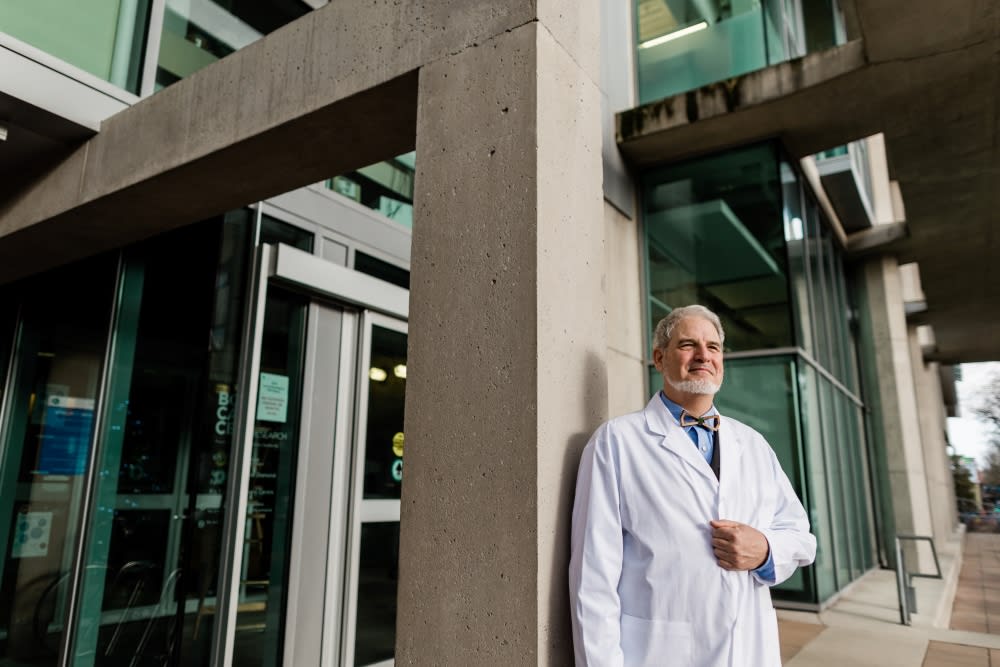I grew up in Hong Kong, and came to Canada when I was 17 to do my undergrad and medical school education at the University of Toronto. After graduation, I came to Vancouver to do my residency training in Internal Medicine and Respiratory Medicine at UBC and then post-fellowship training at the Massachusetts General Hospital, in Boston and the National Cancer Center Hospital in Tokyo. I met my wife, May Ong, at Vancouver General Hospital when we were in training. She is also a University of Toronto medical school graduate.
When I was in medical school, one of the health care epidemiology lectures was on the common diseases in the world. The material presented caught my attention, as I always wanted to do something that would have a great impact in health.
In my first hospital rotation during my internship, I met the late Dr. Stefan Grzybowski, who was head of the UBC Respiratory Medicine Division. Stefan invited me to join his department even though I was only a straight intern at the time! He always jokingly told his visitors that he was my Godfather. Dr. Grzybowski was the first person to conduct a lung cancer screening study in Canada in the 1960s using chest x-ray and sputum cytology.
Although we now know from his and other clinical trials that these technologies are not sensitive enough to detect early lung cancer, his pioneering work sparked my interest in this area. In my research training with Dr. Moira Yeung, a world renowned researcher in occupational lung diseases, I had the opportunity to be involved in epidemiology studies in asbestos mines, pulp and paper mills, BC Ferries, and grain elevators. This experience was invaluable.
In my post-fellowship training, I had the opportunity to work with Dr. Shigeto Ikeda in Tokyo who was a mechanical engineer before he became a physician. Dr. Ikeda invented the fiber-optic bronchoscope and was a pioneer in early lung cancer diagnosis. I also worked with Dr. Yoshihiro Hayata in Tokyo Medical University. He and his team pioneered photodiagnosis and photodynamic therapy for early lung cancer using porphyrins. They openly shared their knowledge and expertise with me. There were many memorable events such as Dr. Ikeda giving me his badge to visit a technology exhibition, so that I could learn the latest in endoscopic sensor technology development.
In 1984, Dr. David Boyes asked me to set up the bronchoscopy and photodynamic therapy program at the BC Cancer Agency. That was the beginning of my exciting career in lung cancer research at the Agency. I greatly enjoy the multi-disciplinary interactions with top-notched scientists, clinicians, nurses, respiratory therapists and graduate students as well as the family like environment.
Stephen


